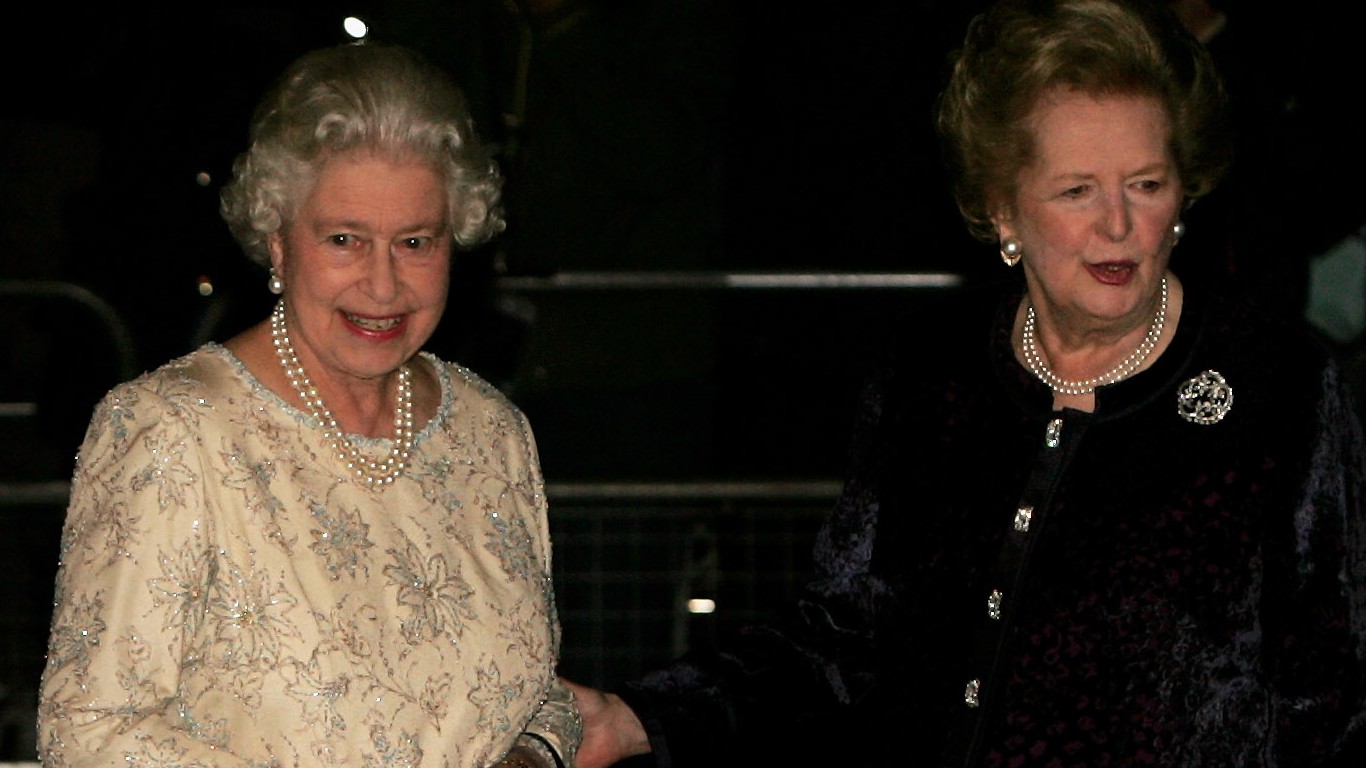
During the 70-year reign of Queen Elizabeth II as sovereign of the United Kingdom, 15 men and women served as the nation’s prime minister. The first was Winston Churchill, who was born in 1874. The last was Liz Truss, who was born in 1975. (The Queen is one of the 20 longest reigning monarchs in history.)
To compile a list of the prime ministers who served under Elizabeth, 24/7 Tempo referred to British Heritage and numerous other media sources both British and American.
Every Tuesday for 70 years, the Queen would have a private audience with the sitting PM about matters of state, and – depending on how well she got on with him or her – matters of lesser importance. Some encounters might only last a half-hour. For prime ministers such as Winston Churchill, 52 years her senior when she ascended the throne, and Labour leaders Harold Wilson and James Callaghan, these meetings sometimes went on for up to two hours.
From the early PMs Churchill, Anthony Eden, and Harold Macmillan, the Queen learned to navigate the difficult shoals of statecraft and remain above the fray of British politics. During turbulent times involving her family, she turned to John Major for counsel and support.
The competing national interests of Margaret Thatcher and the Queen sometimes were made public, such as the question of whether or not to impose sanctions on apartheid-era South Africa. (Thatcher was against them, the Queen was not.)
She bristled at the idea of a more accessible and demystified royalty championed by a new generation of leaders such as Tony Blair during a period when the idea of abolishing the monarchy was floated.
Regardless of their working relationship with the Queen, after her passing, the living prime ministers all acknowledged her dignity and commitment to public service as the longest-serving monarch in British history. (See the most important events in the life of Queen Elizabeth in every year of her reign.)
Click here to see all 15 prime ministers who served under Queen Elizabeth II
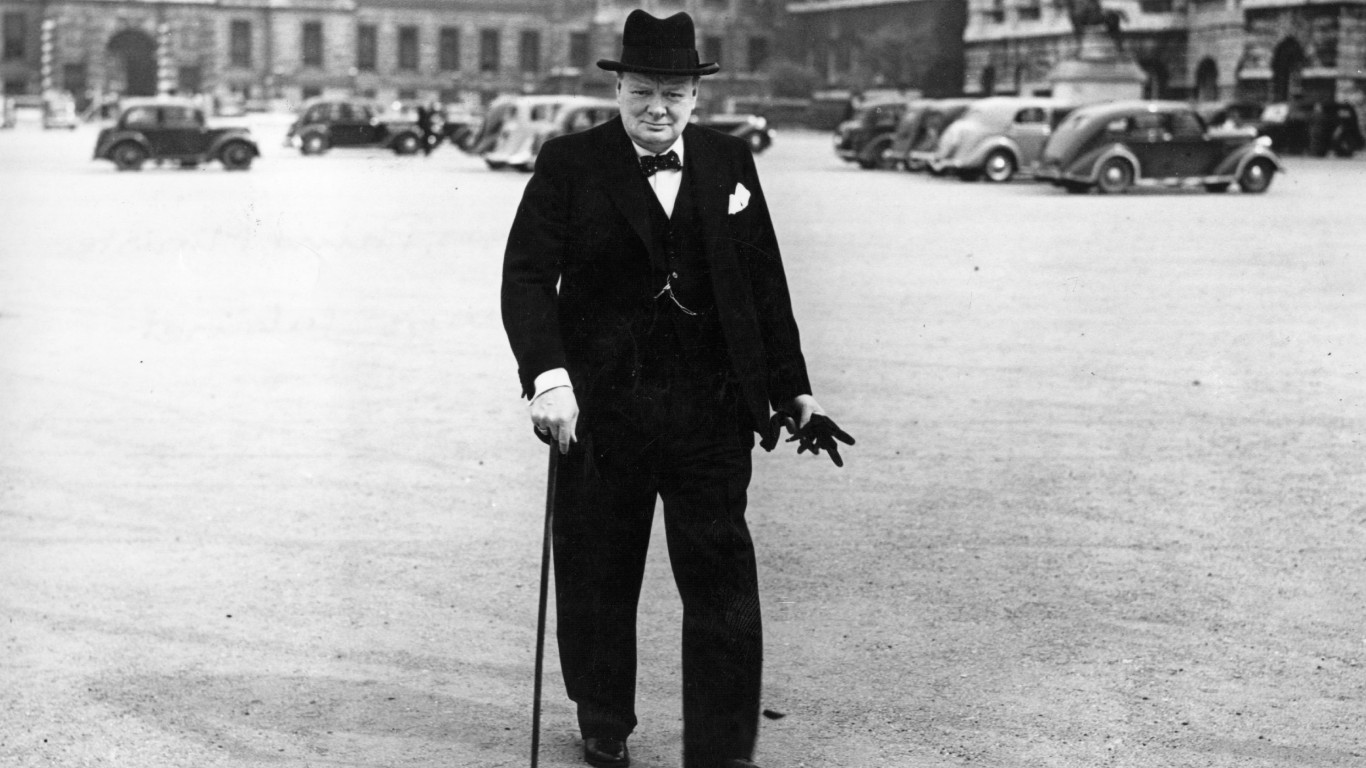
Winston Churchill
> Years in office: 1951-1955
> Political party: Conservative
Winston Churchill, who led Great Britain during WWII, returned to power in 1951. Despite a difference of 52 years between the two of them, the Queen and Churchill developed a close relationship during his term. When he left office, she wrote a letter to him, saying, no other prime minister would “ever for me be able to hold the place of my first prime minister, to whom both my husband and I owe so much and for whose wise guidance during the early years of my reign I shall always be so profoundly grateful.” When Churchill died in 1965, the Queen broke protocol by arriving at his funeral before his family as a show of respect (Protocol states that the Queen is supposed to be the last person to arrive at any function.)
[in-text-ad]
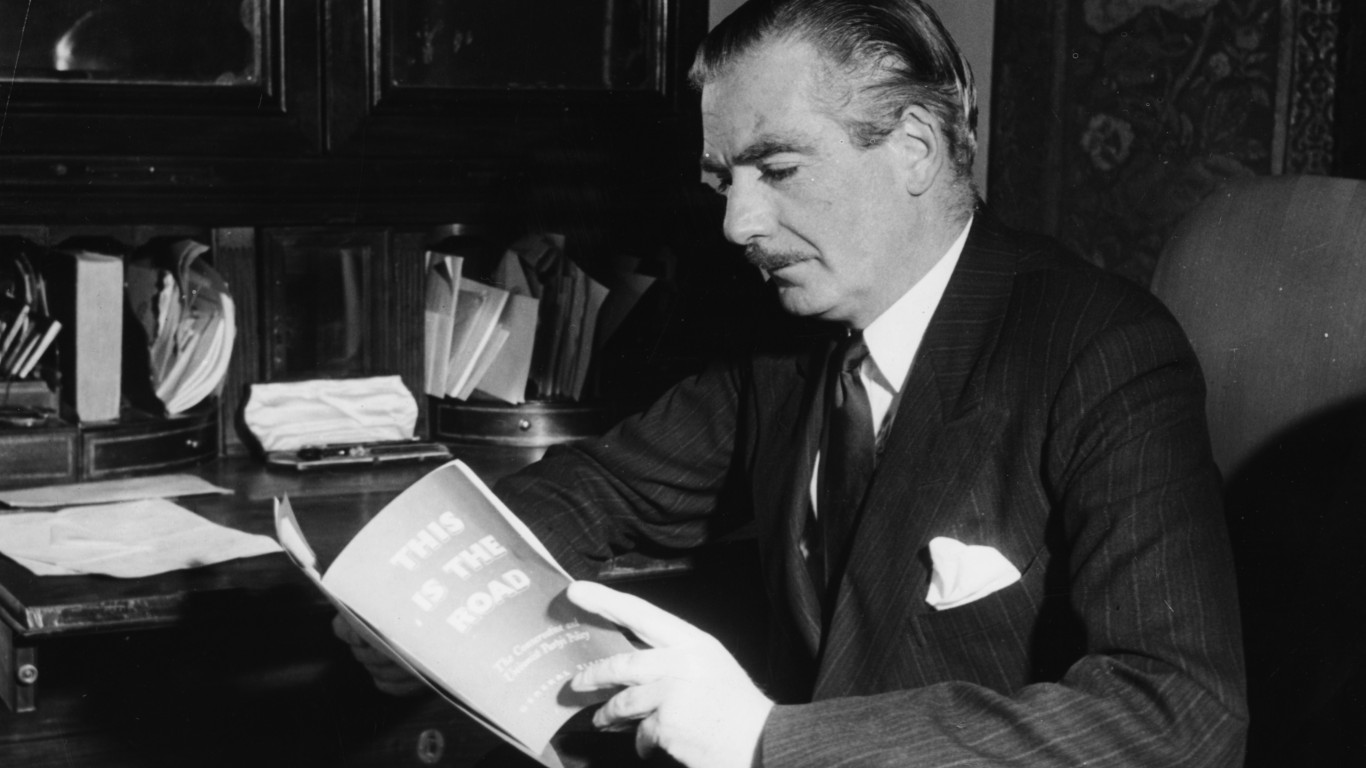
Anthony Eden
> Years in office: 1955-1957
> Political party: Conservative
Anthony Eden was prime minister for two years. He was forced to resign over the Suez Crisis in 1956, when Anglo-French forces invaded Egypt after Egyptian president, Gamal Abdel Nasser, nationalized the Suez Canal, which had been controlled by French and British interests. The episode became a national embarrassment for Great Britain.
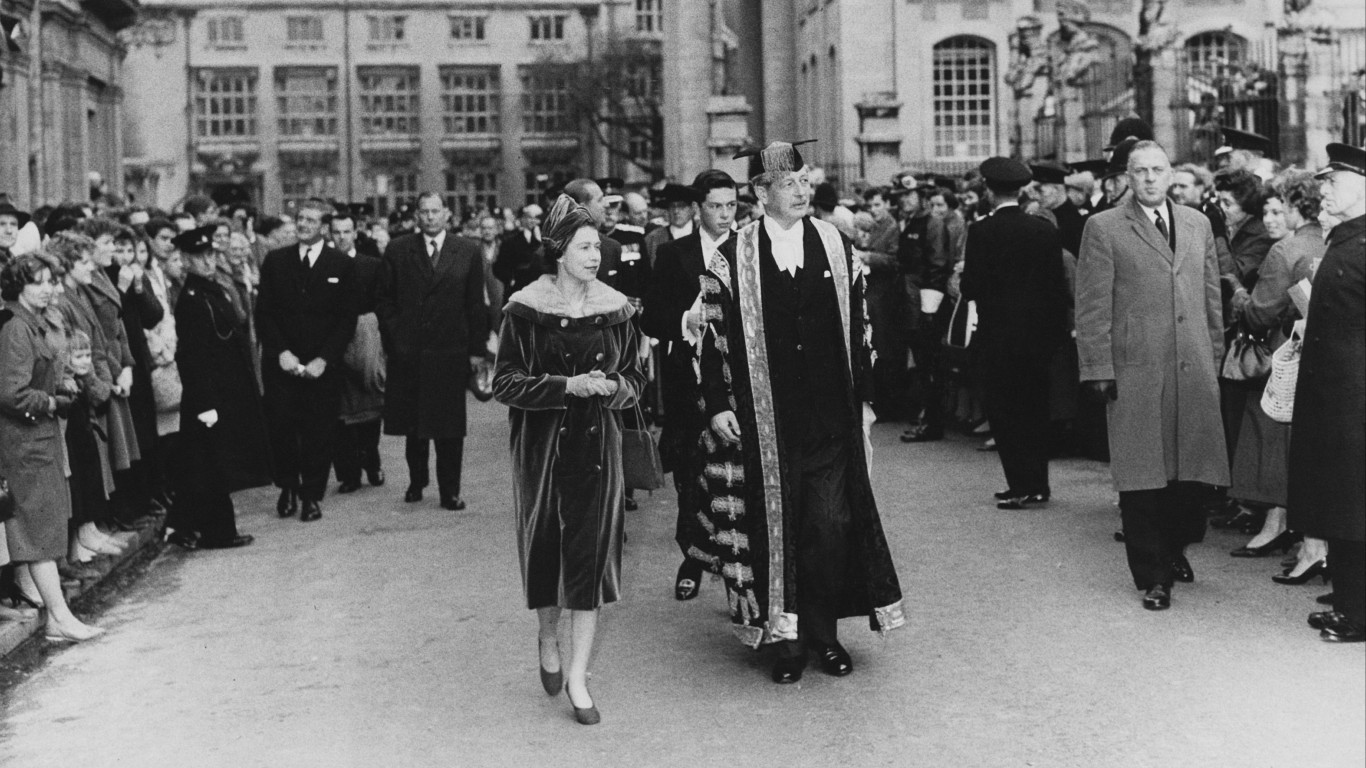
Harold Macmillan
> Years in office: 1957-1963
> Political party: Conservative
The patrician Harold Macmillan, who got on well with the Queen, served as PM for six years. Macmillan found her gracious and was impressed with her grasp of details. It was during this time that decolonization began to accelerate and both the PM and the Queen were involved in the British withdrawal. Macmillan’s health declined in 1963 and he resigned that year.
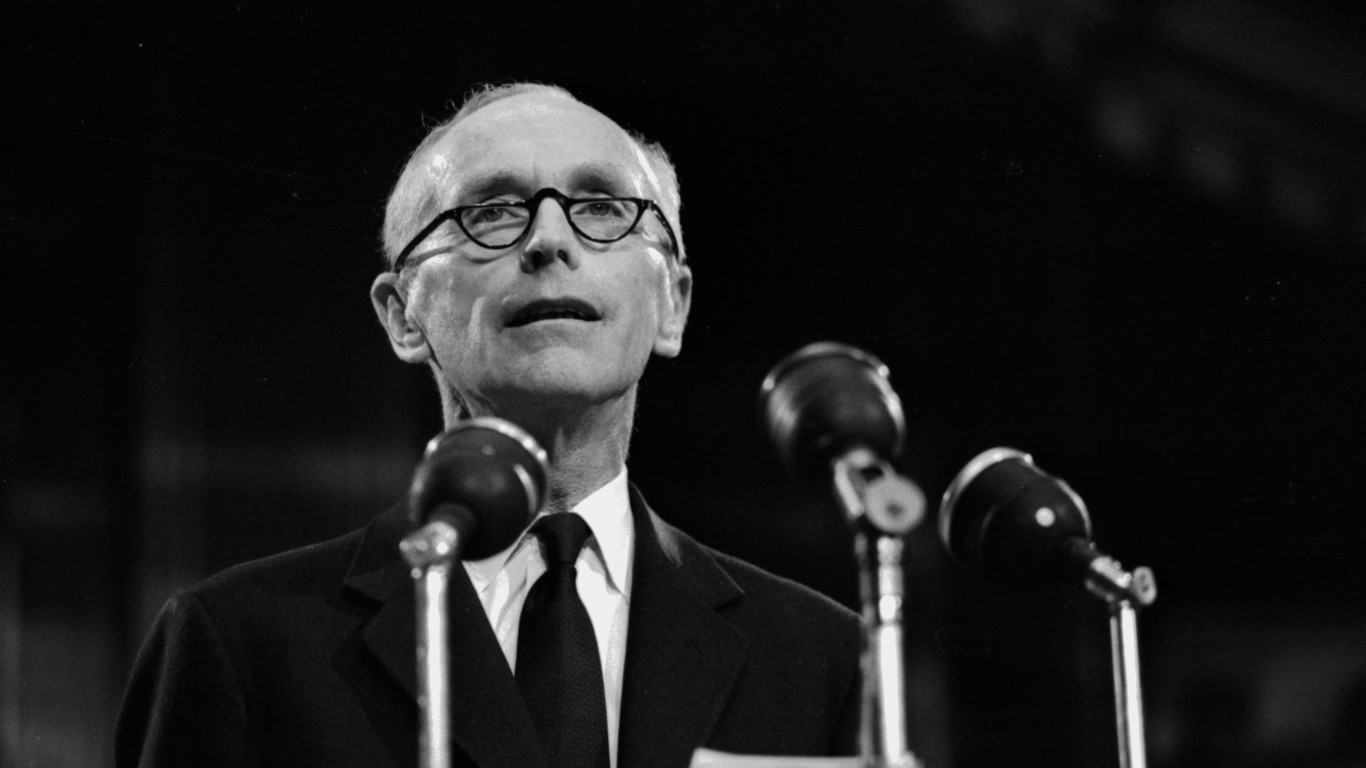
Alec Douglas-Home
> Years in office: 1963-1964
> Political party: Conservative
Alec Douglas-Home, who served for just under a year, was a family friend of the Queen’s mother. Outgoing PM Harold Macmillan persuaded the Queen to appoint his friend Lord Home to succeed him.
[in-text-ad-2]
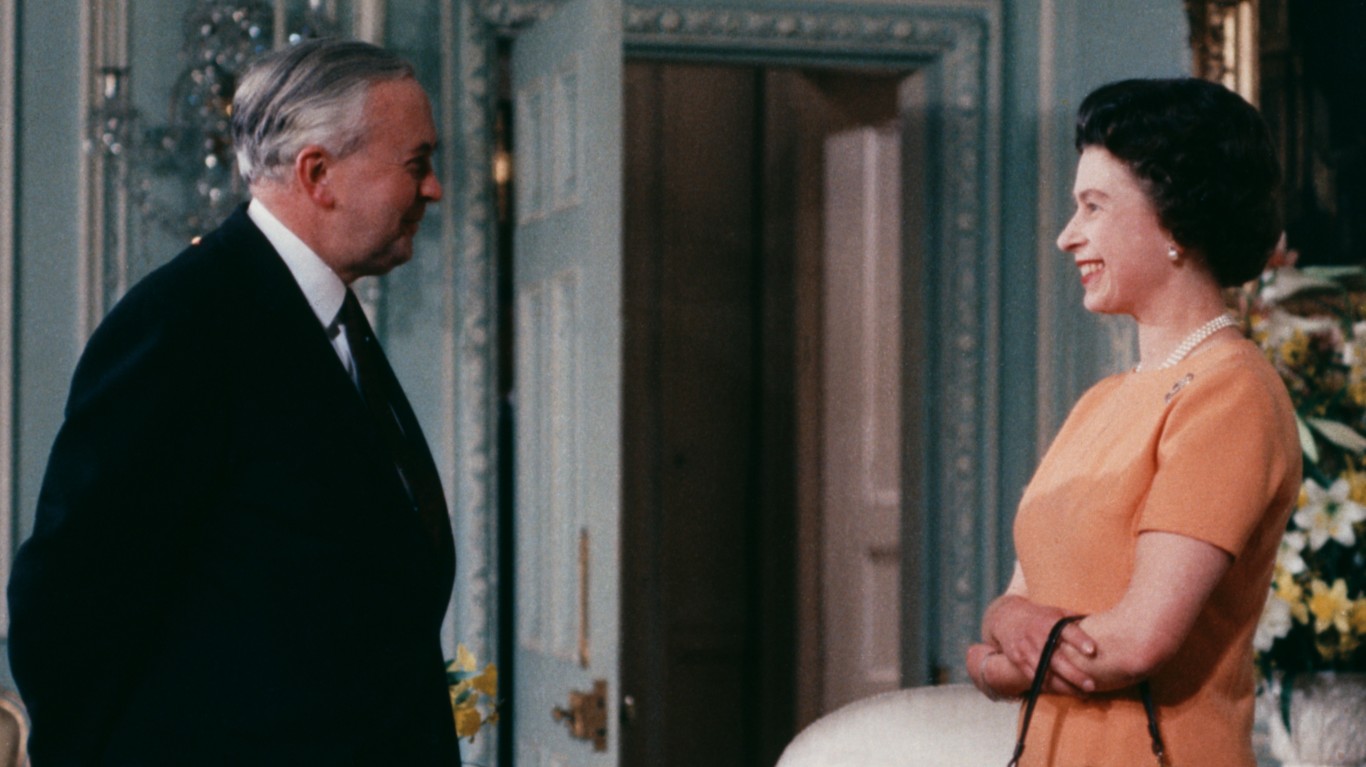
Harold Wilson
> Years in office: 1964-1970, 1974-76
> Political party: Labour
Harold Wilson was the first Labour Party representative to serve as prime minister under Queen Elizabeth. He held office for a total of eight years in two separate terms. Wilson was from a more modest background than his predecessors, with a more relaxed demeanor. He had a very good working relationship with the Queen; sometimes their weekly meetings would last two hours. His tenure was marked by greater personal liberation in Great Britain: homosexuality was decrminalized and abortion became legal. British pop music and culture took the world’s center stage during this time.

Edward Heath
> Years in office: 1970-1974
> Political party: Conservative
Edward Heath succeeded Harold Wilson in 1970. He was cut from the same cloth as his Tory predecessors. Heath brought Great Britain into the European Economic Community, a forerunner to the European Union.The Queen had a cordial though not close relationship with him.
[in-text-ad]
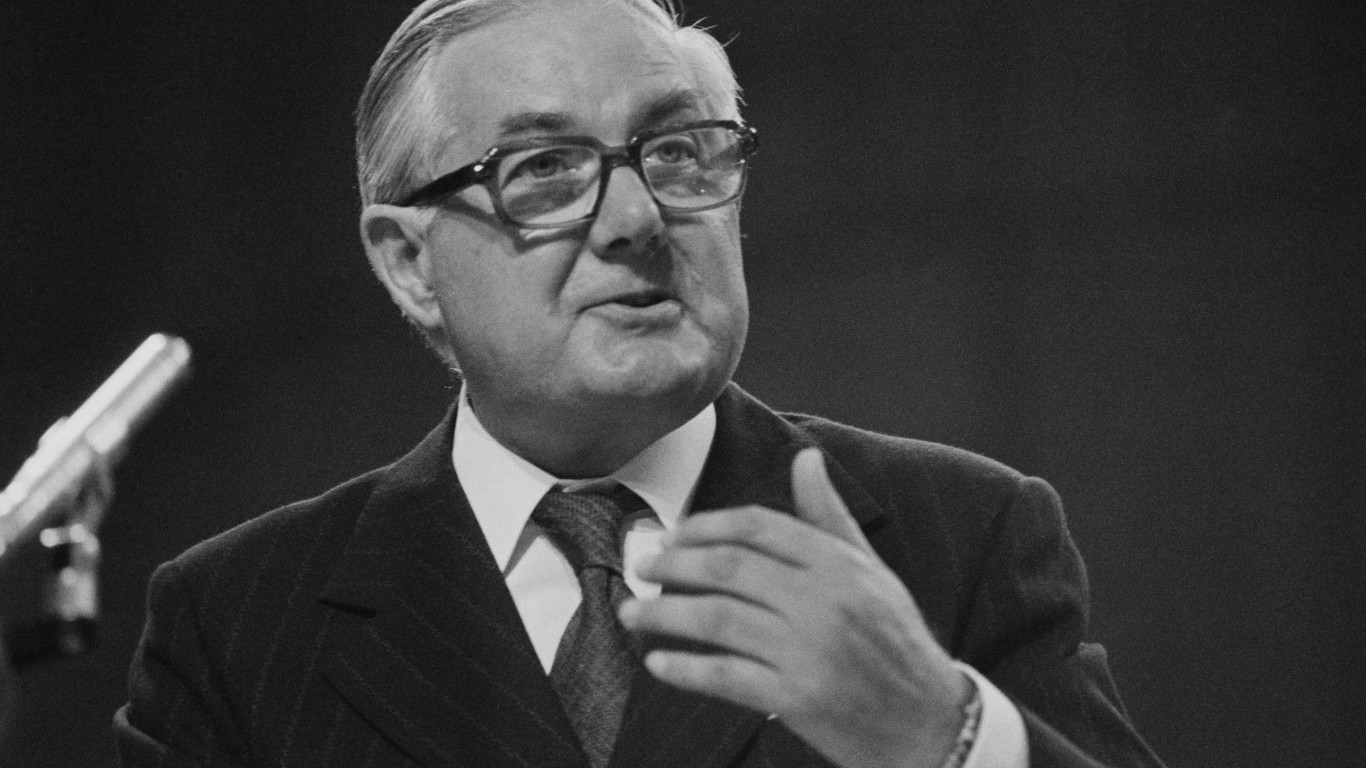
James Callaghan
> Years in office: 1976-1979
> Political party: Labour
James Callaghan, who was an officer in the Royal Navy during WWII, was the second Labour Party member to become PM. Callaghan and the Queen reportedly had a good working relationship. He took a lead role in the Silver Jubilee celebration of the Queen’s ascent to the throne in 1977. Callaghan lost a vote of confidence following a series of strikes and stepped down as PM in 1979.

Margaret Thatcher
> Years in office: 1979-1990
> Political party: Conservative
Margaret Thatcher was the first female British prime minister, and at 11 years the longest-serving PM under Queen Elizabeth II. Her reforms led to widespread unemployment and rioting that reportedly shocked the Queen. Thatcher was a staunch monarchist, but she and the Queen apparently had a sometimes icy relationship. Their political differences sometimes spilled into the open. Thatcher’s reluctance to squeeze apartheid-era South Africa with sanctions angered Commonwealth leaders, with whom the Queen reportedly sided. This became a rare breach of royal protocol and was seen as a scandal at the time.
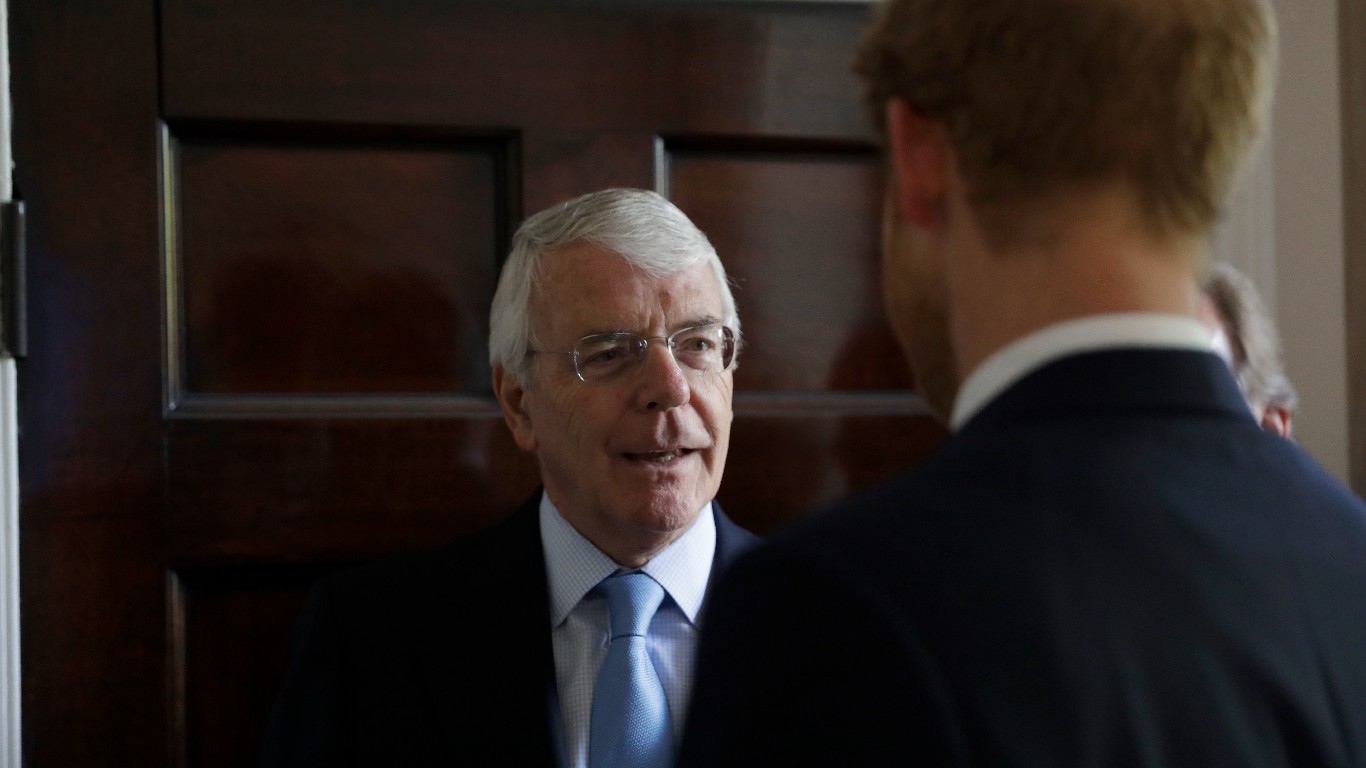
John Major
> Years in office: 1990-1997
> Political party: Conservative
Major succeeded Thatcher, and his time as PM was among the most tumultuous eras for the Queen. He apparently was of some comfort to her during the “annus horribilis” of 1992, when the marriage of Prince Charles and Princess Diana was dissolving and Windsor Castle caught fire. Major was voted out of office several months before the death of Princess Diana, ending 18 years of Conservative prime minister tenure. He was appointed legal guardian to Princess Diana’s sons William and Harry to help represent them in administrative matters in the aftermath of her death.
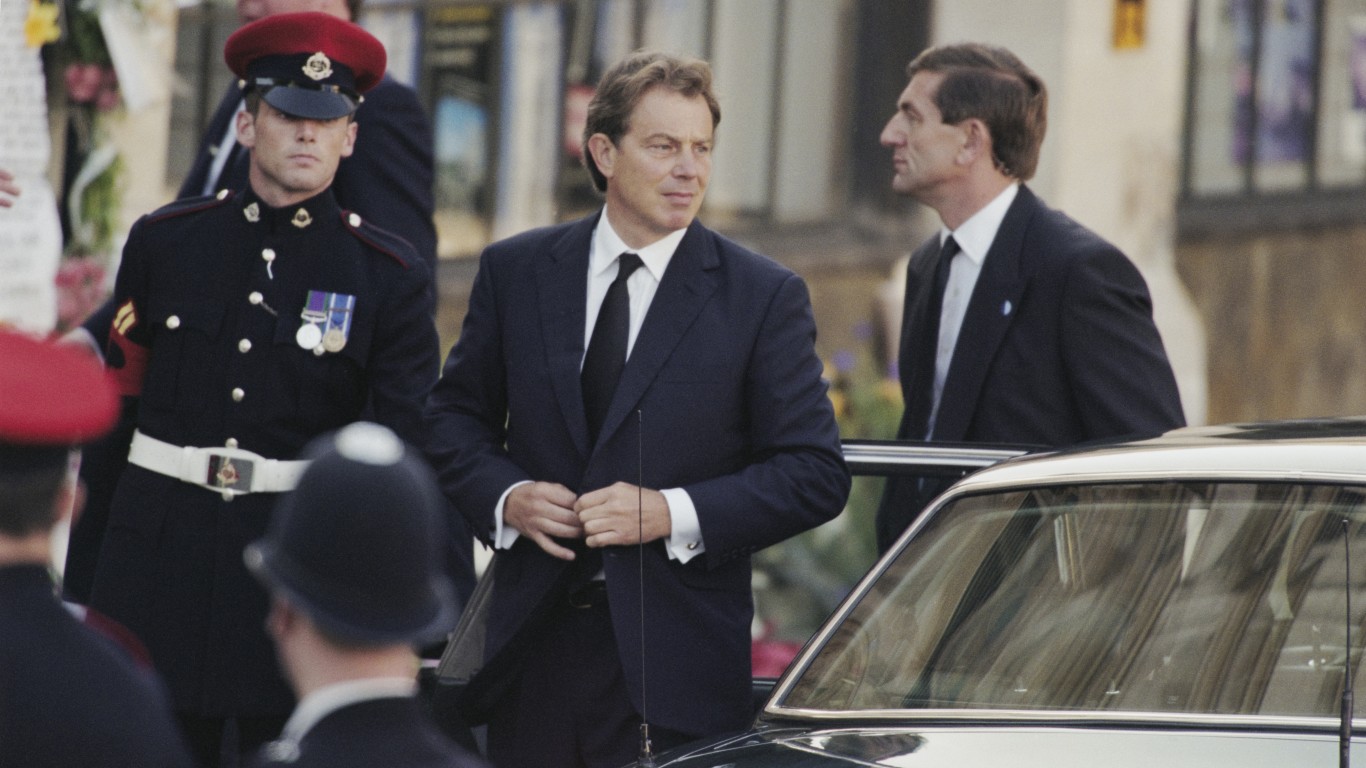
Tony Blair
> Years in office: 1997-2007
> Political party: Labour
Tony Blair was the first prime minister to have been born during the Queen’s reign. He came to office months before the death of Prince Diana. Blair read the public mood regarding the death of the “people’s princess” and urged the royal family to return from Balmoral Castle in Scotland to London to face the public. The Queen was allegedly horrified when Blair tried to manage Diana’s funeral. Blair served for 10 years, the longest of any Labour PM, but he never had an amicable working relationship with the Queen.
[in-text-ad-2]
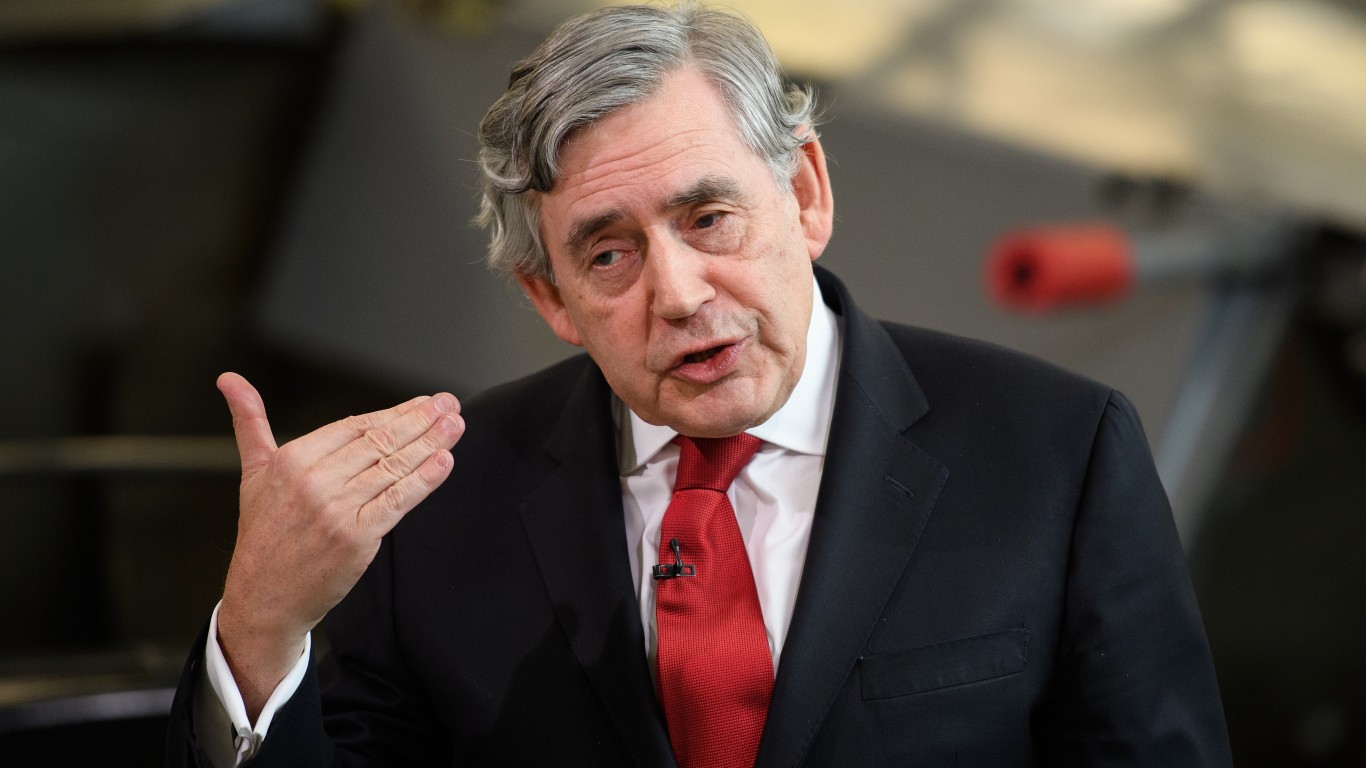
Gordon Brown
> Years in office: 2007-2010
> Political party: Labour
Unlike the previous Labour PMs Harold Wilson and James Callaghan, neither Tony Blair nor Gordon Brown enjoyed a close relationship with the Queen – though Brown was prime minister during the financial crisis in 2008 and he kept the monarch up to date on the situation. Brown has not publicly disclosed what their relationship was like, but neither he nor Blair were invited to the royal wedding of Prince William and Kate Middleton in 2011.
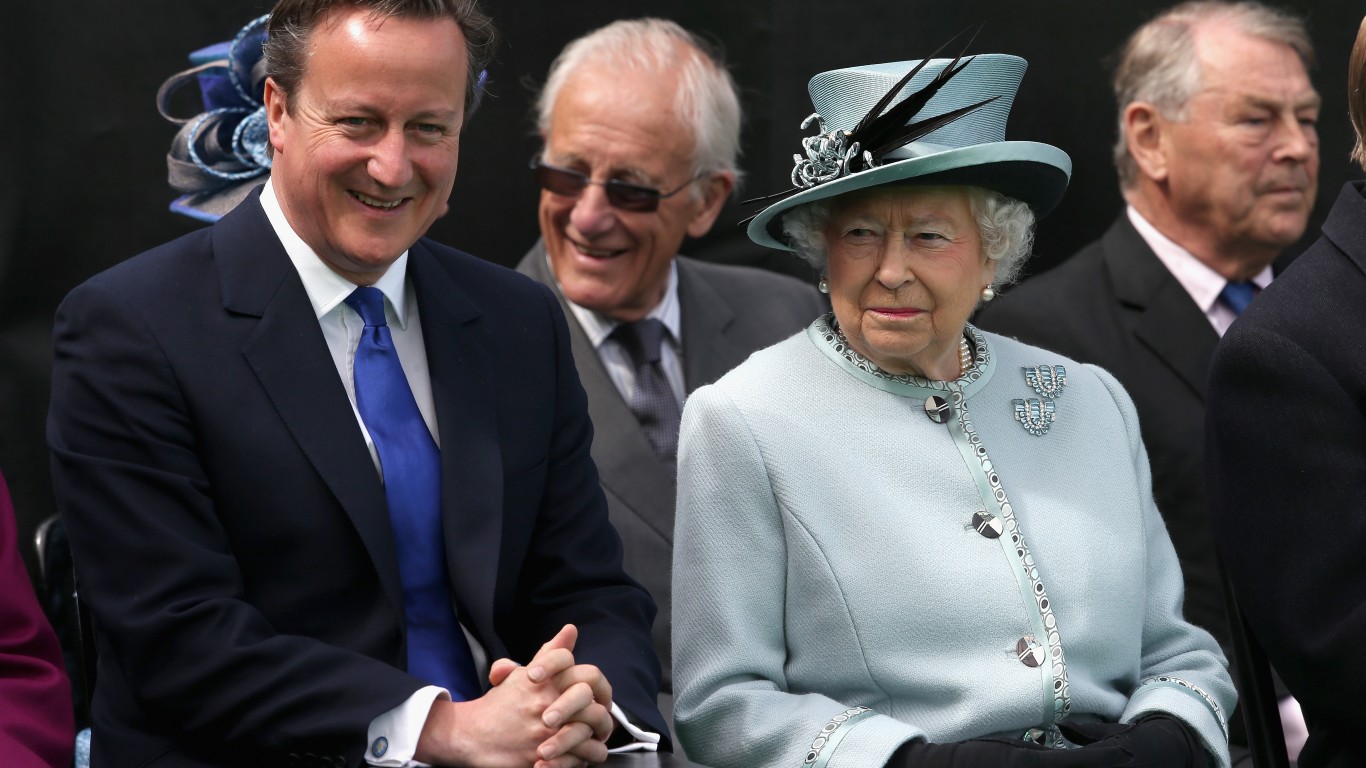
David Cameron
> Years in office: 2010-2016
> Political party: Conservative
At 43 years old, David Cameron became the youngest serving prime minister during Elizabeth’s reign and the youngest PM since 1812. He attended the Heatherdown school with the Queen’s son, Prince Edward. Like Tony Blair in the Labour Party, he was perceived as part of the new generation of Conservative Party. The global financial crisis and an expense-account scandal that hurt Labour helped lift Cameron to a coalition victory with the Liberal Democratic Party. He is perhaps most remembered, however, as architect of the 2016 referendum on whether or not the UK should remain part of the European Union. He supported EU membership and was widely criticized when the population voted in favor of “Brexit.” Following the death of the Queen, Cameron called her “the world’s greatest public servant.”
[in-text-ad]
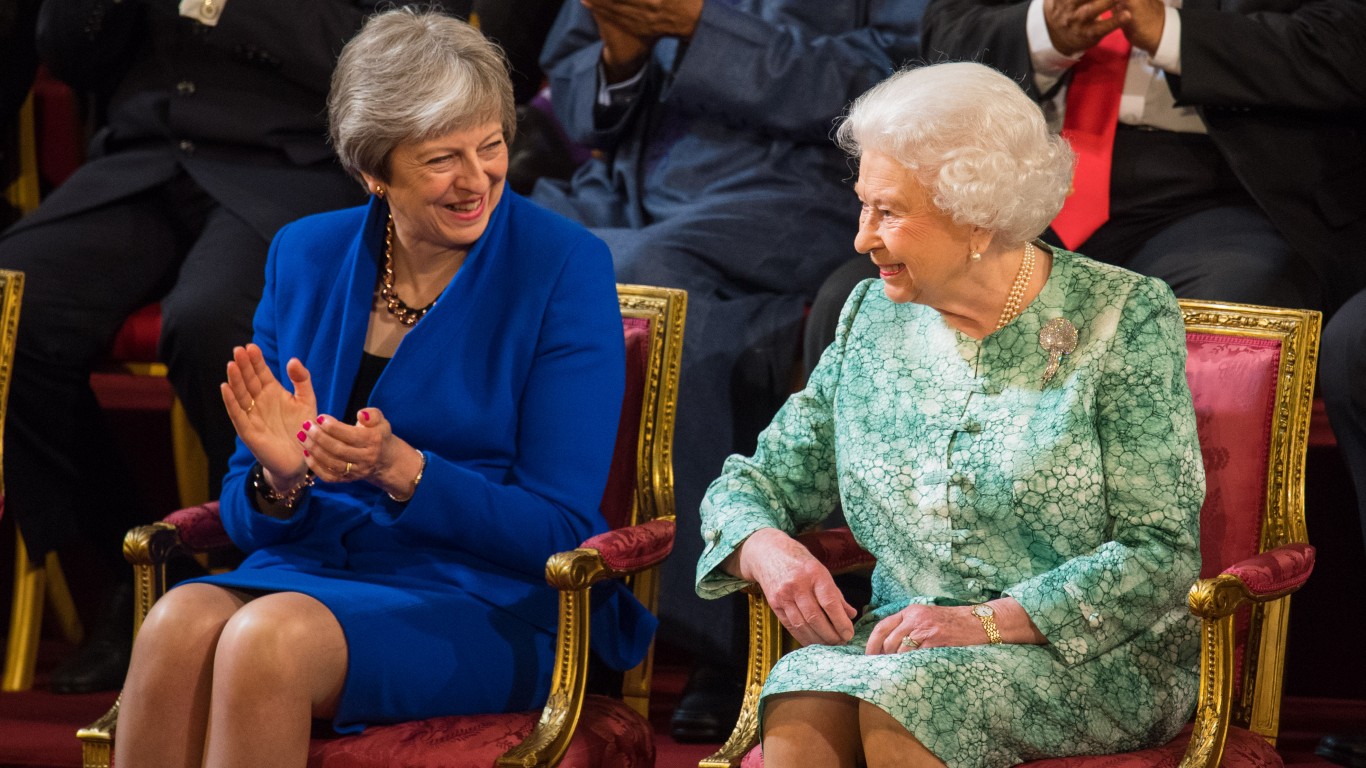
Theresa May
> Years in office: 2016-2019
> Political party: Conservative
Theresa May was the second female British prime minister. Her three-year time as PM was dominated by her negotiations with the EU to set the terms of the British withdrawal. Three times she tried to get Parliament to back her Brexit deal and three times she failed. Following the final failure, she resigned. In a tribute to the Queen in a session of Parliament, May said the Queen “gave an example to us all of faith, of service, of duty, of dignity, of decency.”

Boris Johnson
> Years in office: 2019-2022
> Political party: Conservative
Boris Johnson would be the final prime minister to serve a full term with Queen Elizabeth. Johnson will be remembered for finally getting the Brexit deal accomplished. But errors in ethical judgment and criticism of how he handled the pandemic contributed to him losing the post as prime minister. Johnson had his final audience with the Queen in Balmoral Castle on Sept. 6 and he said she was “actively focused” on world events though she was not well.

Liz Truss
> Years in office: 2022-
> Political party: Conservative
Liz Truss became prime minister following the resignation of Boris Johnson, who formally stepped down at Balmoral Castle on Sept. 6. The photo of her meeting with the Queen on Sept. 6 was the last public photograph taken of the monarch.
Thank you for reading! Have some feedback for us?
Contact the 24/7 Wall St. editorial team.